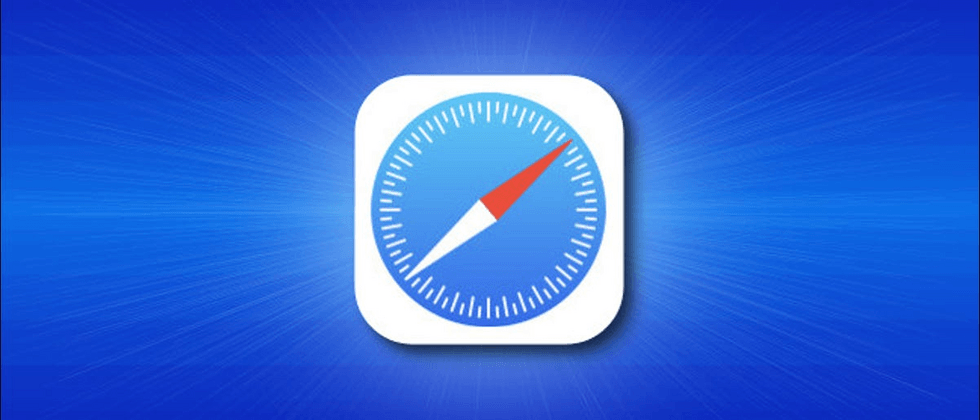In the IT world, you will never think of where and how weird bugs will appear. For example, in March this year, an Apple user named Rachel True said that he could not log in to his iCloud account, and the "culprit" turned out to be the name. In the program code, "true" and "false" are usually used to judge whether it is true or false. The reason why she cannot log in is that the Apple iCloud system automatically ignores the "true" in her name.
Recently, another similar bug appeared. But this time the problem lies in the Safari browser.
GitHub user quarterdeck discovered a strange phenomenon when using the Safari browser: when the page p tag contains the word Welcome Back, it will trigger the user name and password to be automatically filled.
After trial and error, he believes that the reason for this phenomenon is that Safari assumes that all pages with "Welcome Back" are login pages, and then triggers the user name and password auto-fill.
How to solve it? He found that as long as adding a non-breaking space between the two words Welcome and Back, this behavior can be prevented by the Safari browser.
<p>welcome back</p>
Another user, laurensgroeneveld, reproduced this bug and found another solution: add style="display: none; to the p tag.
Others have found that "Sign In" has the same effect:
Regarding this phenomenon, netizens have launched a heated discussion.
Everything is the browser’s pot?
The browser provides a "remember password" function to automatically fill in the next time the user uses it. In many cases, this feature does provide convenience, but it also involves many issues, such as security, false triggering, etc.
Regarding the problem introduced above, some netizens said that this is not unique to Safari. All password management tools he has used use some heuristic method to determine whether a field needs to be automatically filled.
Some netizens said that the user, not the website, should decide whether to display auto-fill.
This issue also caused a big discussion on several popular browsers:
It seems that Safari is the "modern" IE.
No, Chrome is the new IE.
Both are the new IE. One pushes new features regardless of other parts of the ecosystem, and the other refuses to implement standards and ignores other parts of the ecosystem. Therefore, I think both are new IEs, but at different stages.
I am afraid that when IE sees this, I can only say "Ready to retire, don't cue" in tears...
Reference link:





**粗体** _斜体_ [链接](http://example.com) `代码` - 列表 > 引用。你还可以使用@来通知其他用户。